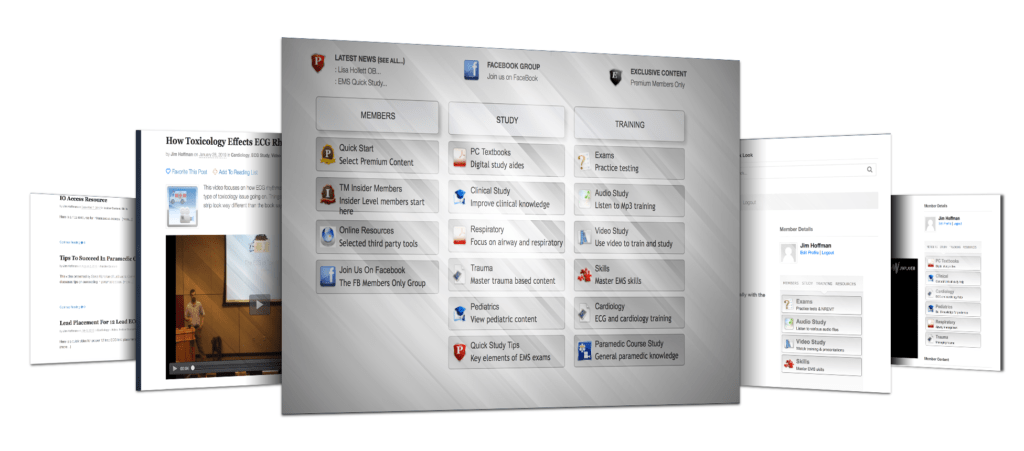Hyperthermia: Quick Review for EMTs
 It’s starting to warm up out there. So, let’s quickly go over hyperthermia – a condition we encounter often, especially during summer. Remember, early recognition and intervention are crucial, so keep these key points in mind:
It’s starting to warm up out there. So, let’s quickly go over hyperthermia – a condition we encounter often, especially during summer. Remember, early recognition and intervention are crucial, so keep these key points in mind:
Think “Hot & Bothered”
- Hot: The patient’s skin will be hot and dry to the touch. This is because their body has stopped sweating effectively, a major red flag.
- Bothered: Look for signs of altered mental status. This could be anything from confusion and disorientation to dizziness, fainting, and even seizures in severe cases.
Remember the 3 D’s:
- Delirium: Is the patient confused, disoriented, or having trouble thinking clearly?
- Dizziness: Are they feeling lightheaded, unsteady, or at risk of fainting?
- Dry Skin: Is their skin hot and dry, with no sweating despite the heat?
If you encounter these signs, act fast!
Move the patient to a cool environment. A shaded or air-conditioned space is ideal.
Remove excess clothing.
Cool the patient down with cool water, wet towels, or ice packs, focusing on high heat-loss areas like the neck, armpits, and groin.
Monitor vital signs and be prepared to provide further medical care as needed.
Remember, hyperthermia can quickly escalate to heat stroke, a life-threatening condition. Stay vigilant and be prepared to act promptly to ensure the best possible outcome for your patients.
I hope this helps. Try to keep these key elements in mind come exam day. Recalling things like Hot & Bothered or the 3 D’s can mean an easy question in your pocket.
It's True. Over 900 EMT's & Paramedics are using Turbo Medic to finally see...
How To Pass Exams & Succeed In EMS. Even if they have struggled before on exams like the NREMT.
“Get a variety of study and review resources to help you pass exams, master content and be better at EMS”

